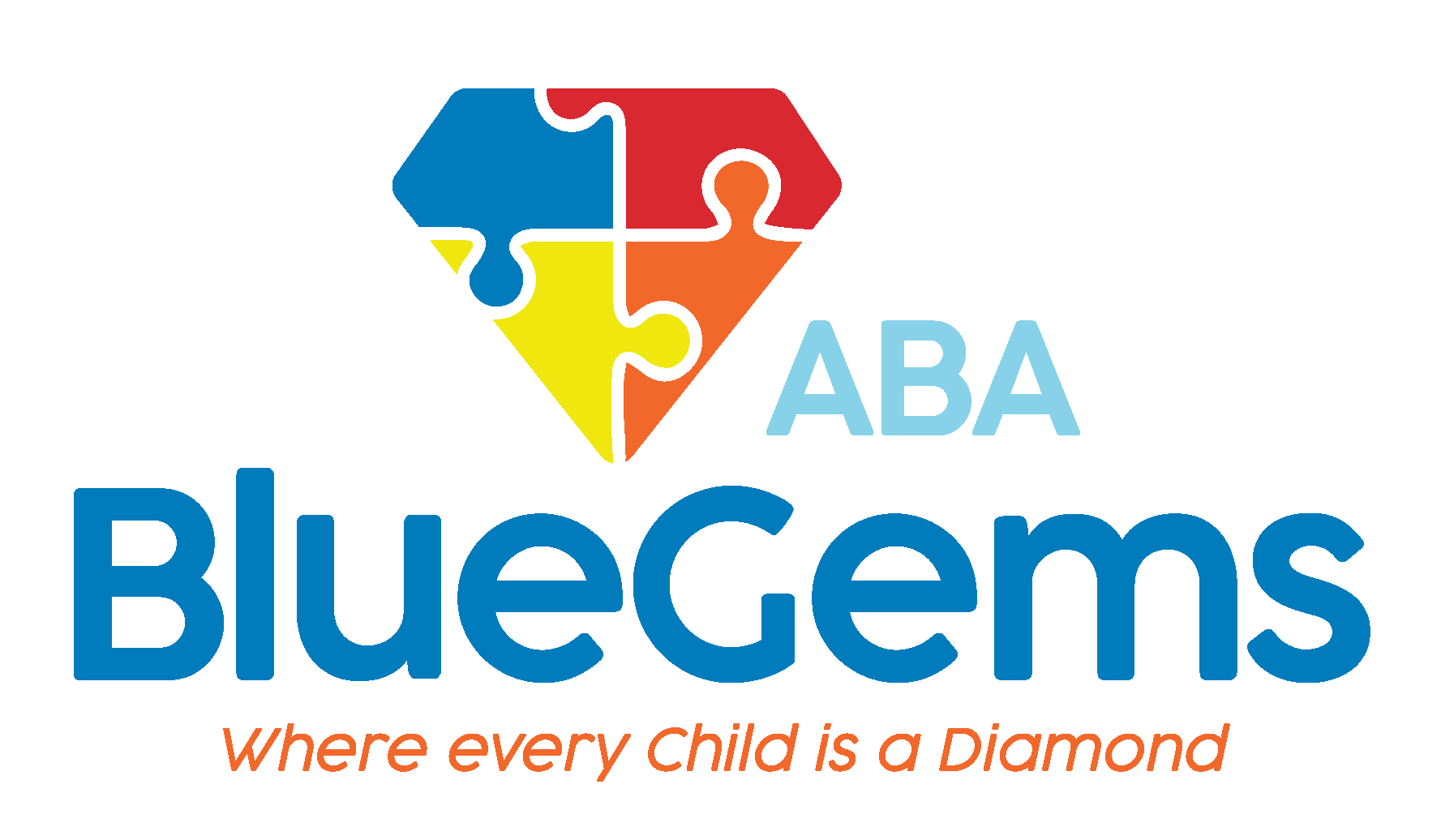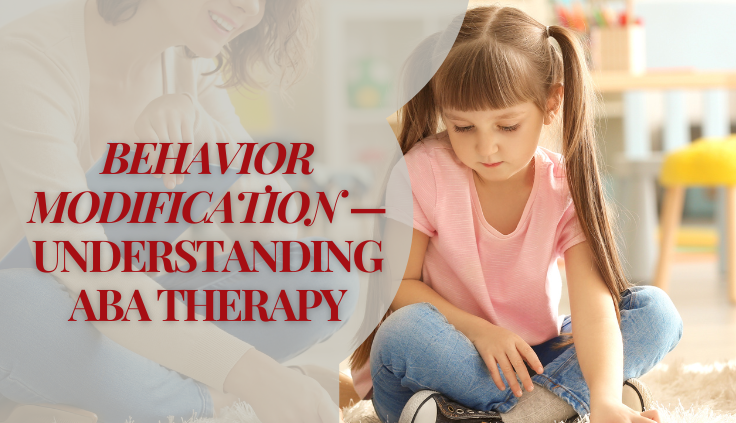Behavior Modification — Understanding ABA Therapy
Applied behavior analysis, or ABA therapy, has long been recognized as the leading treatment for children with autism spectrum disorder (ASD). This targeted treatment is based on scientific evidence and takes an approach to learning and behavior that has proven successful for children on the autism spectrum.
There are many different strategies that ABA therapy incorporates as part of the treatment plan. Some key features are positive reinforcement, repetition, the use of visual aids and prompts, and the integration of family members, caregivers and others.
By working one-on-one with their patients, ABA therapists can target certain behaviors and help children understand how they can modify those behaviors. One of the major goals of the therapy is to encourage positive, healthy behaviors while reducing any negative behaviors.
Again, there are many techniques that therapists use to help children achieve these goals. Here are some of the ways it’s done.
Table Of Contents
Positive Reinforcement
ABA therapy uses positive reinforcement to both encourage desired behaviors and discourage negative ones. This is done through a simple reward process.
When therapists teach patients certain skills or target certain behaviors, they will present the child with the opportunity for a reward if they exhibit the desired behavior. For instance, if they are trying to teach the child to brush their teeth, the therapist might give the child a lot of extra praise or some time with a toy they love if they pick up their toothbrush to begin.
At the same time, if the child doesn’t correctly exhibit the desired behavior, the therapist will do nothing. There isn’t a negative consequence to the behavior, but rather the absence of the reward.
This shows the child that how they acted or what they did is not what was desired, so they didn’t receive the reward they would want.
This strategy can be used in a number of different ways to target certain behaviors — whether it’s a skill such as brushing teeth or throwing a tantrum when they’re feeling overwhelmed. The key to positive reinforcement is consistency and picking a reward that the child would truly want.
Learn more about Operant Conditioning
Prompting
Prompting is a strategy that ABA therapists use to teach their patients new skills. When they are starting to teach the new skills, or targeting a new behavior, the therapist will give the child a prompt or cue that’s meant to guide them toward a particular desired action.
Building on the example above, if the therapist is trying to get the child to brush their teeth, they might show them a picture of a toothbrush. The desired action after that prompt — which is the picture — would be for the child to pick up their toothbrush.
ABA therapists will use prompts a lot throughout treatment, not just to target different behaviors but for different stages of behaviors. ABA therapy relies heavily on teaching bigger tasks in smaller steps, so brushing teeth involves teaching the individual steps of picking up the toothbrush, wetting the brush, putting toothpaste on, starting to brush and so on.
Prompts can be visual aids, or they can also be physical, verbal or environmental. The prompts serve as a way for ABA therapy patients to recognize how they should respond in different situations.
As patients progress toward achieving their goals with a particular behavior, therapists will start fading the prompts. Gradually over time, the prompts will fade away, which gives the patient the chance to complete the behavior or action without the prompt telling them it’s time to do so.
Learn more about Discrete Trial Training
Modeling
Modeling is a common technique that’s used in many different settings to teach children, whether they have autism or not. It’s an extremely effective technique to teach new skills to children, but especially to children on the autism spectrum.
The reason why it works so well is that it combines both experiential and visual learning forms, which proves to have a much greater impact than just verbal instructions alone.
In ABA therapy, the therapist will model a behavior that they desire by demonstrating how they should take that action. This could be picking up the toothbrush and pretending to brush their teeth.
The idea is that as the child watches the therapist complete the action, they will better understand what is expected of them. They will get a very concrete example that they can imitate, which helps them to improve their skills of imitation, too.
A great part about modeling is that it’s very versatile, meaning it can be used in many different environments. This includes in ABA therapy sessions, in a classroom and at home as well.
The flexibility of modeling also fits in perfectly with ABA therapy as a whole, since it can be catered specifically to each individual child’s needs.
Blue Gems ABA Helps Children with Autism Modify Their Behaviors
A big part of ABA therapy is behavior modification — enhancing and encouraging positive behaviors while reducing the instances of negative behaviors. Therapists help their patients do this in a number of ways, including some of the ones above.
At Blue Gems ABA, our experienced team of BCBAs works with patients on a one-to-one basis to modify their specific behaviors. Each ABA therapy plan is crafted specifically to meet each individual’s unique strengths and challenges.
To learn more, please contact us today.




